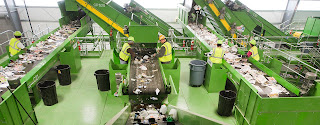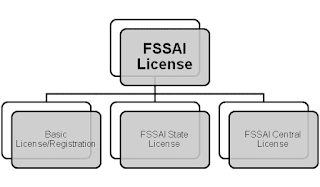WHAT ARE HAZARDOUS WASTE?
Waste management is a challenging task, especially when it involves the management of hazardous waste.
- Cotton, gauze, procedure gloves, tape and bandages should be disposed of in specific bins and covered with white bags
- Needles, scalpel blades, medicine bottles and ampoules (sharps); they must be discarded in specific collectors and also in yellow colors.
- Vaccine bottles with expired expiration date, with unused content, empty or with product remains must be sent to the Health Departments that made the distribution, kept in containers with resistant lids and perforations, ruptures and leaks with identification of the content. The same goes for needles and syringes.
- After treatment, the residues must be packed in white bags, containing the universal biohazard symbol of a size compatible with the quantity.
- Toxic inorganic residues and their aqueous solutions - Inorganic salts of toxic metals and their aqueous solutions must be previously diluted to concentration levels that allow direct disposal in the sink under running water.
- The residues that will be stored for later collection and disposal / incineration, must be collected separately in liquid-resistant, resistant collecting containers, with screw caps to prevent spills and closed to avoid gas evaporation.
- Organic or inorganic residues should be deactivated in order to transform small amounts of reactive chemicals into harmless derivatives, allowing their risk-free disposal. This work must be carried out with care, by specialized people
- In addition to the substance identification symbol, a self-adhesive label, filled in graphite containing the following information, must be affixed to the packaging containing these residues: Laboratory of origin, qualitative content; classification as to nature and warnings.
- The related organic or inorganic residues must be separated, conditioned, according to specific procedures and forms and appropriate to the category to which each belongs. On the source producing the waste and on its packaging, there must be international symbols established by the International Organization for Standardization (ISO) and the Committee of Experts on the Transport of Dangerous Products, both from the United Nations (UN), appropriate to each case.
- Do not mix liquid radioactive waste with solids.
- Use special containers, labeled and appropriate to the nature of the radioactive product in question.
- Collect materials such as needles, pipette tips and other sharp objects, contaminated by radiation, in specific containers, with radioactivity signaling
- Containers must be identified with: Isotope present, type of chemical product and concentration, volume of content, date of disposal, laboratory of origin and the technician responsible
- In the event of a spill of radioactive liquids, absorbent papers or sand may be used, depending on the amount spilled. This will prevent it from spreading. These must be disposed of together with the other radioactive waste.
- Personnel responsible for the collection of radioactive waste must wear protective clothing and disposable gloves. These will be disposed of after use, too, as the radioactive waste.
Real Also: Financial Management: A guide with the best
tips and practices
Real Also: 5
Steps to Starting a Business from Scratch (And Achieve Incredible Success)
Real Also: Waste
Sorting: First step towards recycling



Comments
Post a Comment